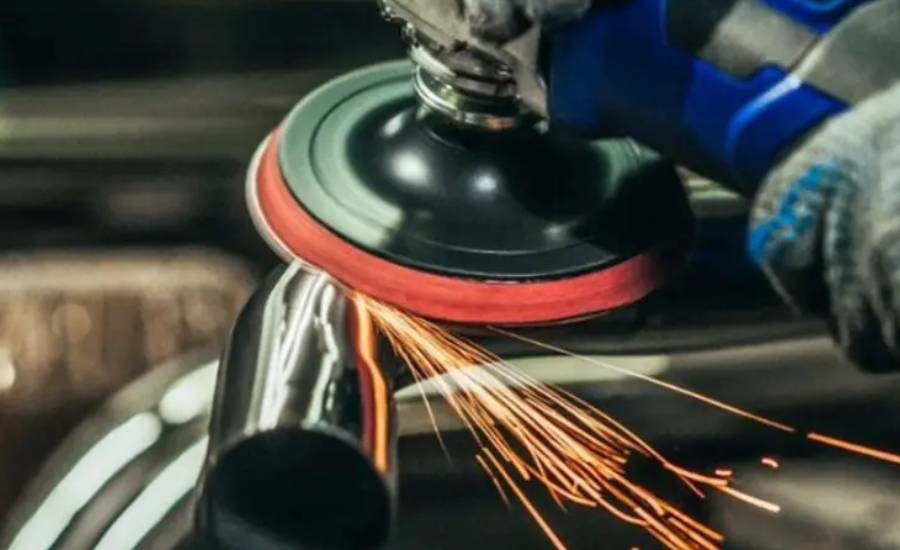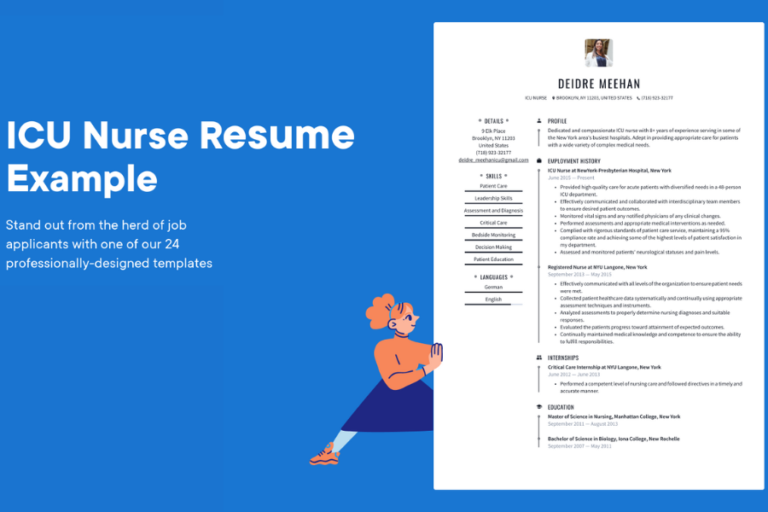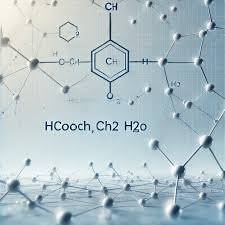Best Practices for Maintaining Fixtures in Metal Finishing Operations
The performance of metal finishing operations is largely dependent on one key factor—well-maintained fixtures. These critical components, such as racks, clamps, and jigs, ensure uniform coating, reduce waste, and increase operational efficiency. However, even the smallest oversight in fixture maintenance can lead to product defects, unnecessary downtime, and increased operational costs.
This blog covers actionable best practices for maintaining fixtures in metal finishing operations to keep your production line running smoothly.
Why Fixture Maintenance Matters in Metal Finishing
Fixtures, such as electroplating racks, play a pivotal role in metal finishing processes, including plating, anodizing, and painting. They securely hold workpieces, allowing for uniform contact with finishing solutions and ensuring consistent quality. However, over time, these fixtures accumulate residue, lose conductivity, or become physically damaged, leading to inefficiencies such as uneven coatings or higher reject rates.
Well-maintained fixtures not only enhance your process reliability but also extend the lifespan of your equipment, reduce waste, and help maintain compliance with environmental and industry standards.
Common Issues with Neglected Fixtures:
- Residue build-up leading to poor electrical conductivity
- Corrosion affecting structural integrity
- Improper alignment causing uneven finishes
- Loose clamps or connectors creating operational hazards
By adopting routine maintenance practices, you can minimize these risks and achieve consistent, high-quality results.
Best Practices for Fixture Maintenance
1. Prioritize Routine Cleaning
Fixtures used in metal finishing are routinely exposed to chemicals, salts, and residue that can build up quickly. Cleaning your fixtures regularly ensures they remain free of contaminants that can interfere with the finishing process.
- How to Clean Fixtures:
Use appropriate cleaning agents, such as alkaline solutions or citric acid, depending on the material and type of residue. Gentle scrubbing or ultrasonic cleaning can also be applied to remove stubborn deposits.
- Pro Tip: Schedule cleaning after every batch or at least weekly for high-use fixtures to prevent build-up.
2. Inspect for Wear and Damage
Frequent inspections help identify issues such as cracks, loose components, or worn surfaces before they escalate into operational failures.
- Key Areas to Check:
Focus on joints, clamps, contact points, and protective coatings.
- Action Steps:
Implement a checklist for visual inspections at the start and end of each workday. Make sure to document and flag damaged components for immediate repair or replacement.
3. Maintain Electrical Conductivity
Fixtures used in electroplating, such as racks and clamps, require excellent electrical conductivity for uniform coatings. Over time, contact points may degrade due to residue or physical wear, diminishing their effectiveness.
- Maintenance Tip:
Use conductive coatings or polish points of contact regularly to ensure optimal conductivity. Replace components showing significant wear or pitting.
4. Prevent Corrosion Through Proper Storage
Exposure to humid or acidic environments can lead to fixture corrosion, which weakens their structural integrity and compromises quality. Proper storage practices are essential for maintaining fixture longevity.
- Storage Tips:
- Store fixtures in dry, controlled environments.
- Apply anti-corrosion coatings for added protection.
- Use dedicated storage racks to prevent physical damage.
5. Track Fixture Lifespan with Maintenance Logs
Not all fixtures are built to last forever. Recording the usage history, repairs, and inspections of each fixture allows you to track its lifespan and plan replacements proactively.
- Benefits of Maintenance Logs:
- Predict when a fixture will need servicing or replacement.
- Identify recurring issues, enabling process improvements.
- Enhance accountability and compliance for industry audits.
6. Optimize Fixture Designs for Longevity
Fixture design plays a critical role in maintenance efficiency. Optimizing your design can reduce wear and tear and make cleaning significantly easier.
- Recommendations:
- Choose materials resistant to chemicals used in your processes, such as stainless steel or titanium.
- Select modular designs to allow for easy part replacement.
- Consider surface coatings that resist buildup and corrosion.
7. Train Your Team on Best Practices
Even the best equipment is only as effective as the teams operating it. Proper training ensures that all staff understands the importance of fixture maintenance and follows standard operating procedures (SOPs).
- Training Tips:
- Conduct regular workshops on cleaning and inspection techniques.
- Provide clear SOPs at workstations for quick reference.
- Empower your team to report and address maintenance issues promptly.
Long-Term Benefits of Fixture Maintenance
Implementing these best practices for fixture maintenance will yield a host of long-term benefits for your metal finishing operations, including:
- Enhanced Quality Control: Achieve consistent, defect-free coatings.
- Operational Efficiency: Reduce downtime caused by equipment failures.
- Cost Savings: Minimize replacement costs and raw material waste.
- Regulatory Compliance: Maintain adherence to environmental and safety standards.
By focusing on small, consistent actions like cleaning, inspecting, and tracking fixtures, you pave the way for a streamlined and cost-effective metal finishing process.
Take Your Maintenance Plan to the Next Level
Proper fixture maintenance is essential for any metal finishing operation looking to maximize efficiency and quality. Start applying these best practices today to improve productivity and extend the lifespan of your equipment.
Don’t miss the latest news and updates visit: Blog VN CallCenter!






